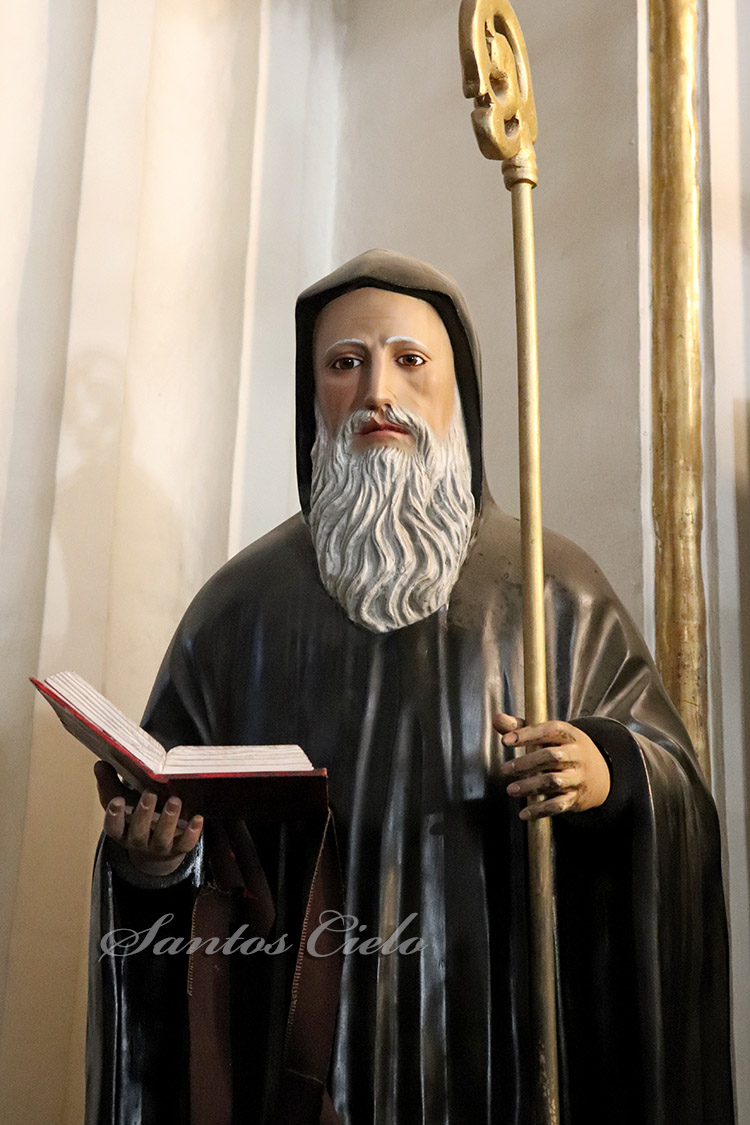Saint Benedict
Saint Benedict
Born: 480 AD in Nursia, Italy
Died: 547 in Monte Cassino
Canonized: 1220 by Pope Honorius III
Feast day: July 11
Patronage: Europe, kidney disease, monks, poisoning, schoolchildren
Saint Benedict of Nursia founded 12 communities for monks at Subiaco, Lazio, Italy, before he established the Benedictine monastery at Monte Cassino.
He wrote the Benedictine Rule, which is a spiritual and administrative guide for monastic living in western civilization.
The Rule remains the greatest influence on monasticism. It provides a complete set of information for the administration and spiritual life in a monastic community. Monks living together as a community under the leadership of an abbot, with a focus on manual labor, religious study and prayer.
Little is known about the personal life of Benedict. The only recognized biographical information is from book two of the Dialogues of Saint Gregory I. The sources were four former disciples of Benedict.
According to the dialogues, he was born in a good family and educated in Roman schools. When still a young man he was disgusted with the lawlessness and immorality of Rome and went to the hills before spending three years alone in a cave.
His reputation as a pious man spread, and he was asked to become the abbot of a monastery. However, his zealous spirit of reform was not shared by all, which led to an attempt on his life when someone tried to poison him.
Benedict returned to the cave, and this time his disciples followed him. He then established the 12 monastic communities, each with 12 monks and with Benedict in general charge of all.
He then moved south and established the monastery on a hill overlooking Monte Cassino. There, Benedict converted many of the local pagan inhabitants to Christianity. He died there in 547 AD at the age of 67.
Saint Benedict was canonized as a saint in 1220 by Pope Honorius III. In 1964 he was proclaimed patron saint of Europe by Pope Paul VI.


